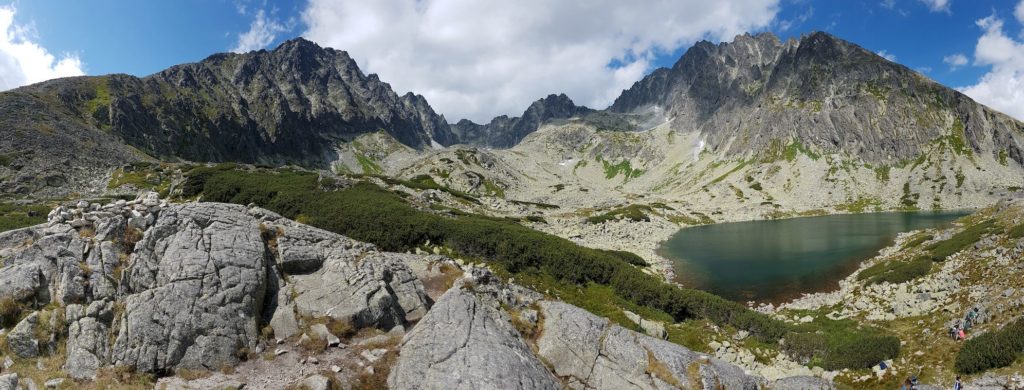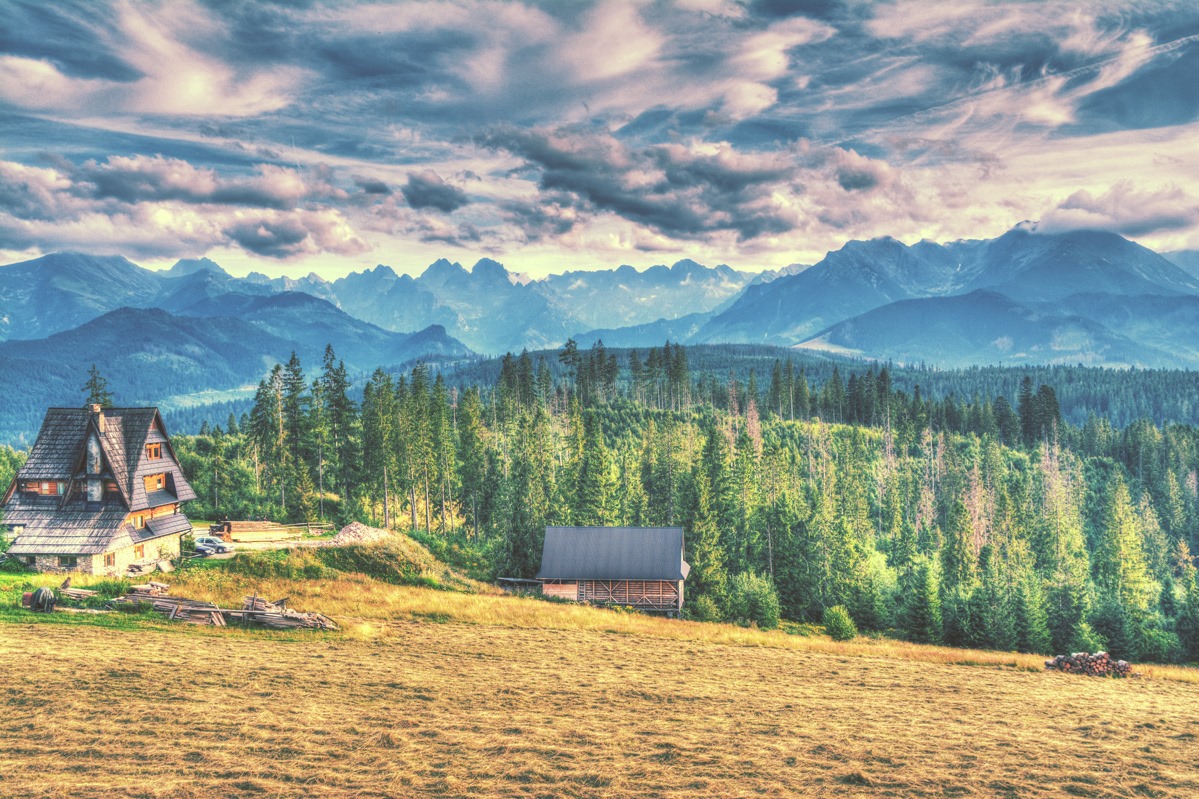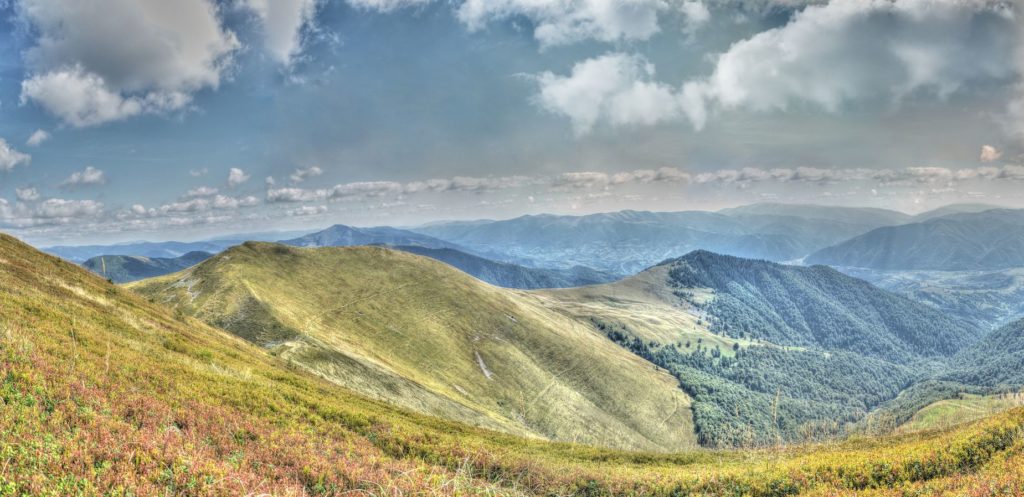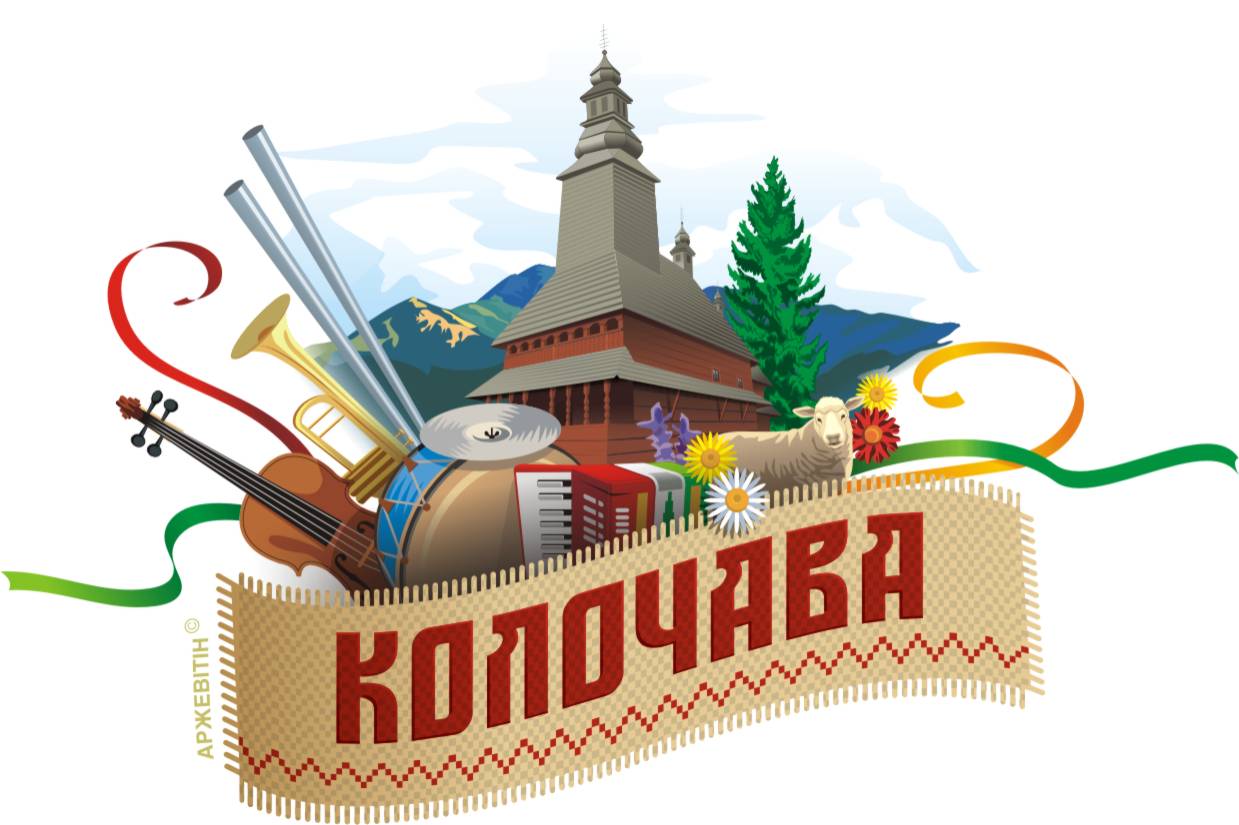The Carpathians are an extensive mountain range located in central Europe. They stretch along a clear arc of about 1,300 km between the Danube gorge: on the Austrian-Slovak border, to the so-called “Iron Gate” on the Romanian-Serbian border.
The area of the Carpathians is about 209,000 km2, which puts them in second place in terms of extent in Europe (right after the Alps). The width of the Carpathian chain varies from 100 to 500 km. The largest width of the chain corresponds to the highest peaks, Gerlach (2.655 m above sea level) in the Tatra Mountains in the Western Carpathians and Moldoveanu (2543 m above sea level) in the Southern Carpathians. The lowest point in the main ridge of the Carpathians is the Dukiel Pass – 500 m above sea level The Carpathians are not one unbroken chain of mountains, but they are made up of many geologically and orographically distinct mountain ranges.

The Batizovská Valley in the High Tatras – Končistá on the left, opposite Batizovský štít, on the right the mass of Gerlachovský štít.
The diversity of landscapes found in the Carpathians is comparable to the Alps. At the same time, these mountains rarely reach more than 2500 m above sea level Currently, there is no glaciation in the Carpathians, although in the past glaciers shaped the sculpture of the highest ranges.

Hoverla (2061 m a.s.l.) located in the northwestern part of the Czarnohora range is the highest peak in Ukraine.
Division
Currently, there are four main units (provinces) in the whole Carpathian Mountains:
- Western Carpathians with Podkarpackie Voivodeship is the westernmost and northern part of the Carpathians. Located mostly on the territory of Slovakia and Poland and partly reaching the territory of the Czech Republic, Hungary and Austria. The Western Carpathians stretch from the Moravian Gate in the west to the Łupków Pass in the east. A characteristic feature of the Western Carpathians is the band geological structure.
- The Eastern Carpathians stretch from the Łupków Pass in the north-west, with a bend in the south-east towards the Predeal Pass in the south. They are located mainly in Ukraine and Romania, only a small fragment in the northwest lies on the territory of Poland (Western Bieszczady (High Bieszczady), Sanocko-Turczańskie Mountains (Low Bieszczady)) and Slovakia (Wyhorlat and Bukowskie Wierchy).
- The Southern Carpathians are part of the Carpathians entirely in Romania, stretching from the Predeal Pass in the east to the Iron Gate in the west. The highest peak is Moldoveanu in the Fagaras Mountains (2543 m above sea level). The South Carpathians are therefore not the highest part of the Carpathians, but the most elevated. They are built mainly of crystalline and metamorphic rocks, partially covered with limestone series in the west.
- Apuseni Mountains with the Transylvanian Plateau are entirely within Romania. They are the centre of the historical Transylvania. This province consists of two regions: Apuseni Mountains (up to 1847 m above sea level) and the Transylvanian Plateau (600-700 m above sea level). These regions are similar in terms of geological structure and location – inside the Carpathian arc.
These main units are divided into smaller parts – sub-provinces. For example, in the Western Carpathians there are Inner Carpathians (built of rocks of various origins), Central Carpathians (built of crystalline rocks and shells of sedimentary origin) and Outer Carpathians (built of flysch). The largest part of the Carpathians (ca. 55.19%) is located in Romania, followed by Slovakia (17.17%), Ukraine (10.6%), Poland (9.63%), Hungary (3.78%), the Czech Republic (3.28%) and Austria (<0.5%).
If one considers the share of the Carpathians in the total area of these countries, the most “Carpathian” country is Slovakia (where the Carpathians cover about 73% of the area of the country), which is reflected in the traditional culture of this country. In Poland, the Carpathians cover about 6% of the country’s territory, but the presence of the Carpathians in culture significantly exceeds their small area, this has its origins in the history and distribution of important centres for the development of culture and art.
Climate
The Carpathians lie in the temperate climate zone. The Western Carpathians form the climatic boundary between the cooler areas, which are temporarily affected by the sea air masses in the north, and the warmer areas, with a more continental climate in the south. The Eastern Carpathians separate the areas with milder humid climates in the west from the dry, continental climates in the east.
Flora
The most important feature of the Carpathian chain – from landscape, through nature, to ethnic groups and cultural heritage – seems to be its diversity. The main key factors shaping the natural value of the Carpathians are the great diversity of natural habitats characteristic for mountainous areas and the inaccessibility of this area, which makes many places still close to natural. The diversity of natural habitats is associated with dynamic changes in climatic conditions along with altitude above sea level and the resulting zonal system of flora. It is assumed that each individual mountain range has its own type of flora, and this is also the case in the Carpathian Mountains.
Zonal changes of flora can be most easily observed in higher mountain ranges. This system of habitat alterations as the height of habitats increases is also becoming increasingly complex due to smaller scale factors such as slope exposure and its tilt. All this creates a very complex system, which is supplemented by the presence of micro-habitats such as dead wood and rock outcrops, which are crucial for the existence of many species. The vegetation is arranged in several storeys with borders in the southern bands higher than in the northern ones. The Carpathians have developed 6 floors of vegetation: the first floor of the mountain, the lower floor, the upper floor, the upper floor, dwarf pine, halne and turnip trees. The Eastern Carpathians have significantly lowered the boundaries of plant floors in relation to the Western Carpathians.
An additional floor characteristic for the Eastern Carpathians are the pastures, i.e. subalpine and alpine communities, stretching from the forest border to the highest peaks, which affects the formation of crooked beech forms in the upper border of the forest. Although small in area, this floor is very valuable in terms of nature, as it is home to numerous rare mountain species, including the Eastern Carpathian Mountains. Eastern Carpathian endemics are species found only in the Eastern Carpathians, incl. Melampyrum saxosum, Silene nutans, Dianthus carthusianorum. In contrast, Eastern Carpathian subendemites are species that occur mainly in the Eastern Carpathians, but individual sites may also have outside them (including the Aconitum moldavicum, Delphinium elatum). The plants that distinguish the Eastern Carpathians from the Western Carpathians include, among others,violet dacica, Dianthus barbatus, Centaurea kotchyana, Aposeris foetida, Scopolia carniolica, Alnus alnobetula, Scorzonera.

Dianthus barbatus is an Eastern Carpathian plant. In Poland, you can only meet him in the Bieszczady Mountains
Text developed by: Małgorzata Pociask
Photos made by: Maciej Basta and Andrzej Błoński



















